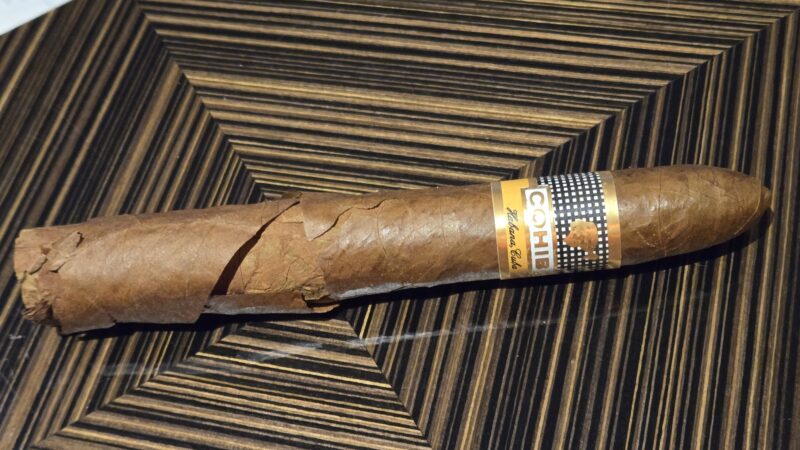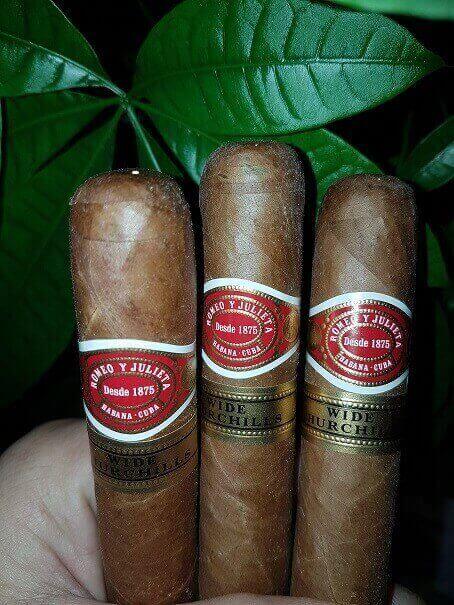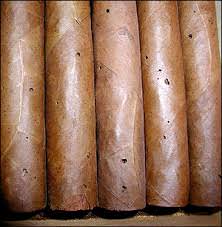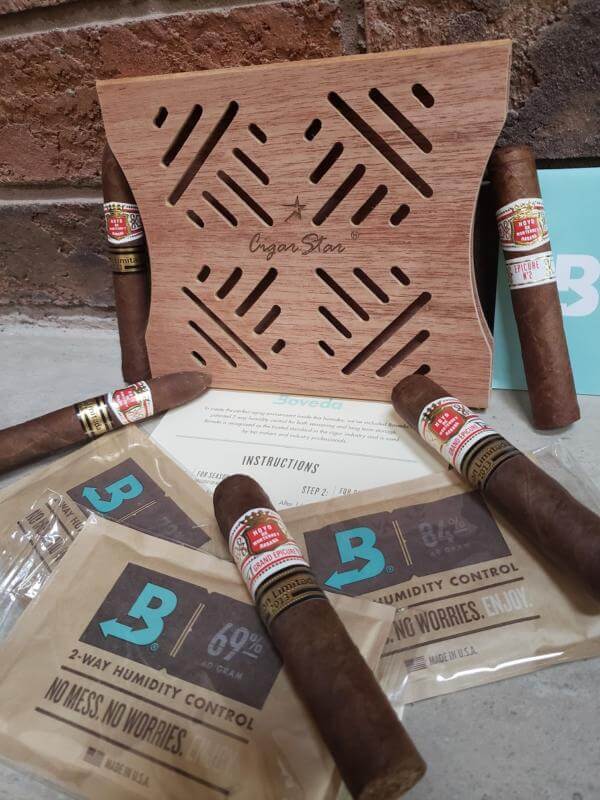How to Tell If a Cigar Is Bad: A Cigar Lover’s Guide to Spotting and Preventing Spoilage!

How to Tell If a Cigar Is Bad: A Cigar Lover’s Guide to Spotting and Preventing Spoilage.
If you’re a cigar enthusiast, there’s nothing worse than lighting up a long-anticipated smoke only to discover, your cigar is bad.
Whether you’re storing cigars long-term or just trying to keep them fresh for the weekend, knowing how to tell if a cigar is bad—and how to prevent it—can save your collection and your enjoyment.
In this guide, we’ll break down the telltale signs of a bad cigar and show you how to avoid spoilage using proper cigar preservation techniques, including storage tips featuring Spanish cedar and humidity control.

How Does A Cigar Turn Bad?
Cigars are natural, organic products that are highly sensitive to environmental conditions. When exposed to incorrect humidity, temperature swings, or poor storage conditions, cigars can quickly deteriorate.
Cigars are most vulnerable to:
- Dryness from low humidity
- Mold and rot from high humidity
- Cigar beetles from poor temperature control
- Contamination from bad storage materials
Let’s dive into how to detect each of these issues and how to prevent them.
- Smell the Cigar: Trust Your Nose
A premium cigar should have a rich, earthy, and inviting aroma. If it smells musty, sour, or like mildew—walk away. These odors can indicate mold or bacterial growth inside the tobacco leaves.
What’s Normal: Sweet, woody, cedar-like, or nutty aromas.
What’s Bad: Mildew, sour vinegar, ammonia, or anything that smells like an old basement.
Pro Tip: If you’re using a Spanish cedar-lined humidor (like those from Cigar Star), the natural oils in the cedar help absorb excess moisture and maintain a clean, fresh aroma.
-
Inspect for Mold or Plume (Know the Difference)

This is where most beginners get nervous. White spots on cigars can either be plume (a good sign) or mold (a bad one).
Plume is a fine, powdery white dust that forms when oils in the cigar rise to the surface during aging. It brushes off easily and isn’t harmful.
Mold, on the other hand, is fuzzy, greenish-blue or white with a musty odor and doesn’t brush off easily.
Check around the foot (open end) and wrapper seams for signs.
Prevent Mold:
Keep humidity around 65–70%
Store cigars in Spanish cedar humidors or Tupperdor setups with airflow racks.
Use Boveda packs for precise humidity control
- Feel the Wrapper: Dry or Spongy?
The feel of a cigar tells you a lot about its health. Gently squeeze the cigar between your fingers.
Healthy cigars are firm but slightly spongy, with consistent resistance throughout.
Dry cigars feel brittle, crack easily, or flake at the foot.
Over-humidified cigars feel too soft or squishy and may burn unevenly or taste sour.
Dry cigars lose flavor and burn too hot. Over-humidified cigars may clog airflow or develop mold.
Revive a Dry Cigar (if not too far gone):
Place in a Spanish cedar-lined humidor with 65% Boveda packs.
Let it rehydrate slowly over 2–3 weeks.
Avoid quick fixes like wet towels—they can ruin the wrapper
-
Look for Beetle Damage (Tiny Holes Are a Big Deal)

If your cigar has tiny, pinhole-sized holes in the wrapper, it might be infested with tobacco beetles. These pests hatch in warm, humid environments above 75°F (24°C) and feast on your cigars from the inside out.
Spotting Beetle Damage:
Look for tiny bore holes in the wrapper or foot
Tap the cigar gently—excess tobacco flakes may fall out
Check nearby cigars and your humidor too—infestations spread
Prevent Beetles:
Store below 70°F
Use Spanish cedar trays which help regulate both humidity and temperature
Freeze new cigars before introducing them into your collection (72 hours in a ziplock in the freezer, then thaw slowly in the fridge before room temp)
-
Taste Test (But Only If It Passes the Others)
If your cigar looks and smells okay, you can light it up—but listen to your palate.
Good cigar taste: Balanced, flavorful, smooth, and complex
Bad cigar taste: Bitter, harsh, acidic, chemical-like, or no flavor at all.
A sour or harsh taste can result from over-humidification or microbial spoilage. Flat, bland flavors often signal a dried-out cigar.
How to Prevent Cigar Spoilage (The Smart Way)
The easiest way to avoid bad cigars? Proper storage. Whether you’re new to cigars or a seasoned collector, here’s what you need:
✅ Spanish Cedar = Cigar’s Best Friend
Cedar is naturally mold-resistant, repels tobacco beetles, and helps regulate humidity. Using a Cigar Star Spanish cedar airflow rack or cedar-lined divider inside a humidor or Tupperdor ensures cigars age beautifully.
✅ Airtight Container = DIY Humidor
Don’t want to invest in a full wooden humidor? Grab a Tupperware container with a tight seal, add:
A Spanish cedar tray or divider.
A Boveda pack (65%–69%).
A digital hygrometer
You’ve got a reliable humidor setup for a fraction of the cost.
✅ Humidity Control = Set It and Forget It
Boveda 2-way humidity packs are the gold standard. Pair them with a Spanish cedar holder from Cigar Star to enhance performance and lifespan.
Final Thoughts: Don’t Let a Bad Cigar Ruin the Moment
Cigars are a luxury—but one that demands care and attention. Once you know the signs of spoilage—mold, beetle holes, dryness, and bad odors—you’re better equipped to protect your collection.
Investing in proper storage, like Spanish cedar accessories and controlled humidity systems, ensures every smoke is a great one.
Need Help?
Check out Cigar Star’s line of Spanish cedar airflow racks and accessories to build the perfect environment for your cigars—whether in a classic humidor or a budget-friendly Tupperdor.
Your cigars deserve it. And so do you.

